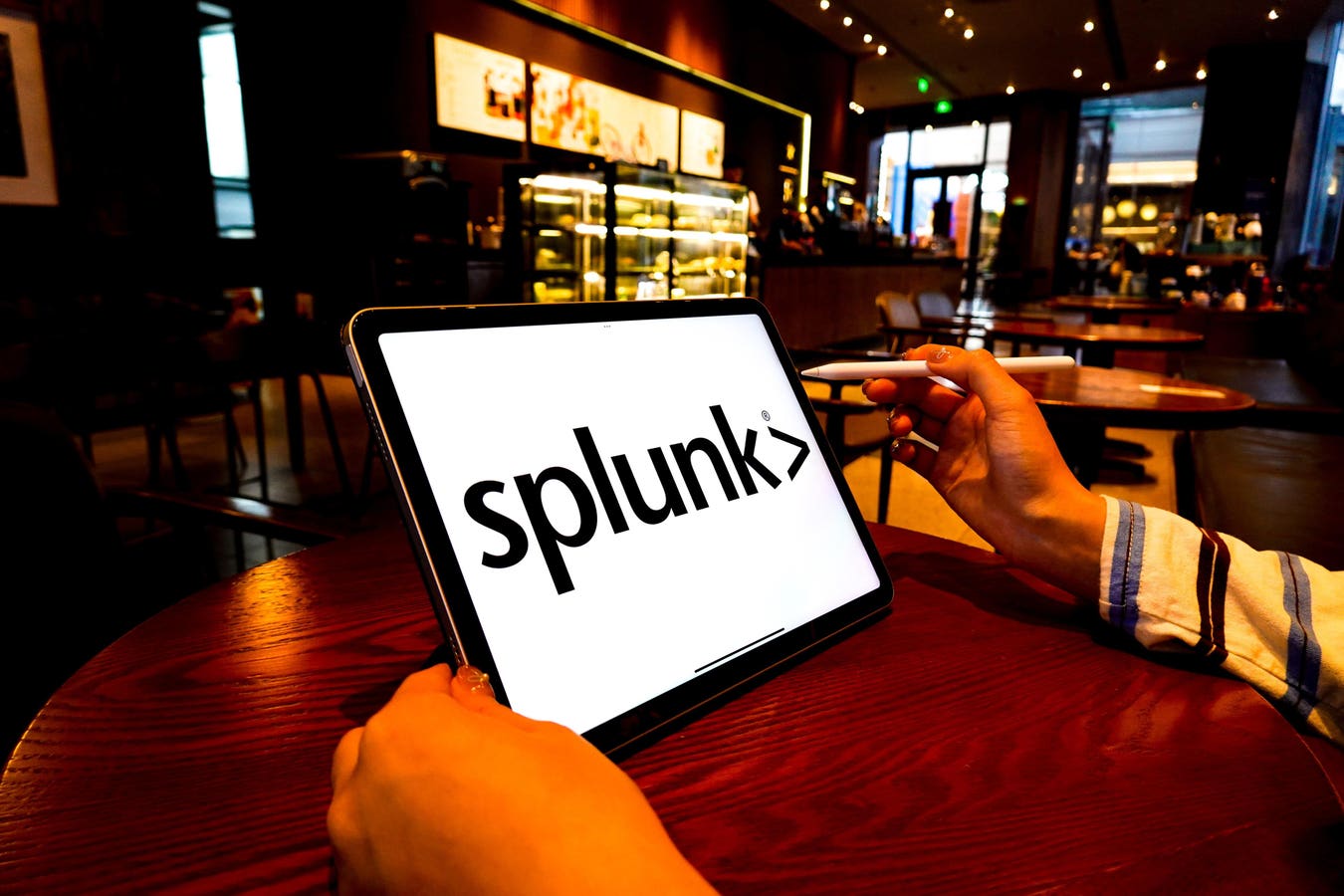Splunk’s new approach embeds agentic AI directly into Splunk Observability Cloud and Splunk AppDynamics. (Photo Illustration by Sheldon Cooper/SOPA Images/LightRocket via Getty Images)
SOPA Images/LightRocket via Getty Images
IT and application performance observability platforms have long acted as mirrors reflecting the health of systems, applications and infrastructure to engineers. This visibility has been critical for ensuring reliability, accelerating issue resolution and delivering smoother user experiences. Now Splunk wants to move beyond reflection. The California-based data platform announced its agentic AI-powered observability portfolio designed to shift enterprises from reactive monitoring to proactive resilience.
Modern applications stretch across hybrid and multi-cloud environments and businesses have grown more dependent on AI agents, large language models (LLMs) and digital-first customer interactions. Therefore, simple dashboards are no longer enough. Splunk’s new approach embeds agentic AI directly into Splunk Observability Cloud and Splunk AppDynamics, which continuously analyzes telemetry, flags anomalies, diagnoses root causes and recommends fixes.
“Agentic AI is reshaping what it takes for organizations to build and maintain a leading observability practice,” Kamal Hathi, SVP and GM of Splunk at Cisco, told me. “We are delivering the only solution that can process, analyze and transform machine data from across all these environments into trusted inputs for LLMs, RAG pipelines, copilots and AI agents.”
Extending Observability to AI Agents and LLMs
Perhaps the most significant addition to Splunk’s agentic AI-powered portfolio is its focus on observability for AI itself. Splunk’s new capabilities let organizations measure whether AI agents are performing as expected, delivering quality outputs and doing so at costs that align with business goals. If a model begins drifting, produces inconsistent responses or consumes more compute than planned, Splunk can detect and flag the issue in real time.
The company is also targeting the infrastructure layer, where resource bottlenecks and consumption spikes can undermine AI performance. By proactively monitoring usage across GPUs, accelerators, and cloud services, Splunk aims to give IT leaders early warning before costs spiral or availability dips.
“As AI becomes more embedded in business operations, monitoring tools need to get smarter and provide real-time insights into whether models are delivering results efficiently and securely,” said Patrick Lin, SVP and GM of observability, Splunk at Cisco. “Performance and cost have become critical metrics. Our AI agent and infrastructure monitoring are designed to help organizations ensure their AI delivers value without surprises and to catch issues early.”
This move reflects a broader shift. AI is no longer just another workload; it is becoming the heartbeat of enterprise applications. While Splunk is positioning itself as the platform to keep that heartbeat steady, other players, including Datadog, Elastic Security, and Microsoft Sentinel, offer similar AI-powered capabilities with different approaches. The platforms provide AI for threat detection, behavioral analytics, and support LLM-powered query and investigation workflows.
However, their AI playbook authoring and malware reversal features are generally less advanced and not as deeply integrated as Splunk’s agentic agents. The platform’s agentic AI triage goes beyond simple anomaly detection by prioritizing and explaining rare alerts that conventional systems often miss, further reducing analyst workload.
Splunk’s Play for the AI-Driven Enterprise
Splunk no longer sees itself merely as a log analysis or monitoring company. It aims to be the intelligence layer bridging infrastructure, AI, and business outcomes. “Leaders often struggle with juggling a patchwork of tools that don’t always talk to each other, which can slow down teams and make it hard to get a clear picture of what’s going on,” said Hathi. “We are addressing this by creating a unified observability experience and using AI to accelerate problem detection and root cause analysis.”
In the AI era, downtime can damage trust, raise costs, and hurt competitiveness. Splunk’s message is clear: the future of observability relies on agents that think, act, and resolve problems before they reach the customer.
“Observability isn’t just for ITOps and engineering teams,” says Lin. “By sharing insights across teams, organizations can better align product development with real customer needs, improving satisfaction and driving business success beyond just technical performance.”









